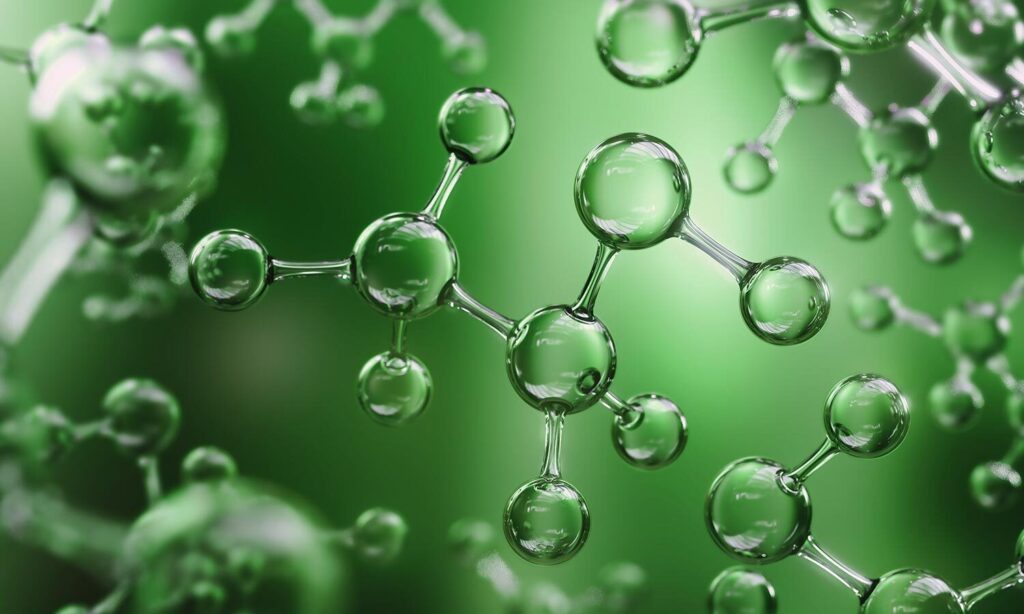
Perovskites Supercharge Green Hydrogen Production

Table of Contents
In a revolutionary move to oust fossil fuels from pivotal economic sectors like food systems, chemicals, transportation, and power generation, new green hydrogen technology emerges as a beacon of hope. The critical challenge lies in cost reduction, and global research teams are honing in on perovskites as the key to unlocking this potential. Discover how perovskite materials are revolutionizing green hydrogen production, offering a more efficient, cost-effective, and sustainable solution for the future of clean energy.
Green Hydrogen and the Revolution in High-Temperature Electrolysis
Shifting Global Hydrogen Supply Dynamics

Traditionally, natural gas has dominated the global hydrogen supply, with coal playing a secondary role. However, a paradigm shift is underway as low-cost renewable energy, driven by wind, solar, and other renewables, reshapes the financial landscape. These technologies are making “green hydrogen” production through water electrolysis financially viable.
The Cost Conundrum
Despite the decreasing cost of green hydrogen, it remains relatively high, standing at around $5.00 per kilogram compared to $1.50 for natural gas-derived hydrogen. This cost challenge has spurred researchers to explore alternatives to conventional low-temperature PEM electrolysis systems operating below 100 degrees Celsius.
Solid Oxide Technology: Paving the Way for Efficiency
Overcoming Inefficiencies
To enhance efficiencies, researchers are delving into solid oxide technology, a departure from conventional low-temperature systems. While solid oxide technology has found success in the power generation sector, its application in green hydrogen production is gaining traction.
The Perovskite Breakthrough
At the heart of this shift is the exploration of perovskites, synthetic versions of the mineral perovskite. Initially, perovskites made waves in the solar industry for their potential to boost efficiency and reduce costs. Now, researchers are harnessing their power to replace expensive materials in high-temperature electrolysis systems.

Perovskites in Action
Recent developments highlight the efficacy of perovskites. The Korea Institute of Science and Technology reported a perovskite-based nanocatalyst that doubled hydrogen production rates, operating for over 400 hours at 650 degrees Celsius in a solid oxide electrolysis system.
Perovskites in Green Hydrogen Production: A US Perspective
Harnessing Nuclear Power
The US Department of Energy is also embracing perovskites in green hydrogen production. Seeking ways to utilize excess steam from nuclear power plants since the early 2000s, the focus is on turning this surplus energy into hydrogen, acting as an energy storage system.

Idaho’s Breakthrough
In 2020, the Idaho National Laboratory achieved a breakthrough by employing perovskite oxide material in a protonic ceramic electrochemical cell (PCEC). This innovation enables electricity production without additional hydrogen, marking a significant stride in high-temperature electrolysis.
Towards Commercialization
Researchers, led by senior staff engineer Dong Ding, aim to scale up manufacturing processes for widespread adoption. The quest is not only for technological advancements but also for cost-effective, commercial-scale production.
High-Temperature Electrolysis: A Comprehensive Approach
Argonne National Laboratory’s Contribution
The Energy Department’s Argonne National Laboratory is at the forefront of advancing high-temperature electrolysis. Their focus on scalable powder synthesis, crucial for developing cost-effective solid oxide electrolysis cells, aligns with the global push for hydrogen generation from renewable sources.
The Clean Hydrogen Hub Initiative
The Idaho National Laboratory, a key player in the Midwest Alliance for Clean Hydrogen (MachH2), is poised to make substantial contributions. With federal funding up to $1 billion, MachH2 aims to evaluate and deploy high-temperature electrolysis technologies for enhanced energy efficiency and reduced carbon emissions.

A Green Hydrogen Future
As the high-temperature electrolysis landscape evolves, the Energy Department’s initiatives underscore the potential of green hydrogen. While acknowledging the importance of low-temperature PEM electrolysis in the short term, the focus on next-generation solid oxide technology signals a future where green hydrogen takes center stage in the global energy transition. The collaboration of diverse entities, from ExxonMobil to Plug Power and Nikola, highlights the multi-faceted approach needed to realise a sustainable and decarbonized future.








